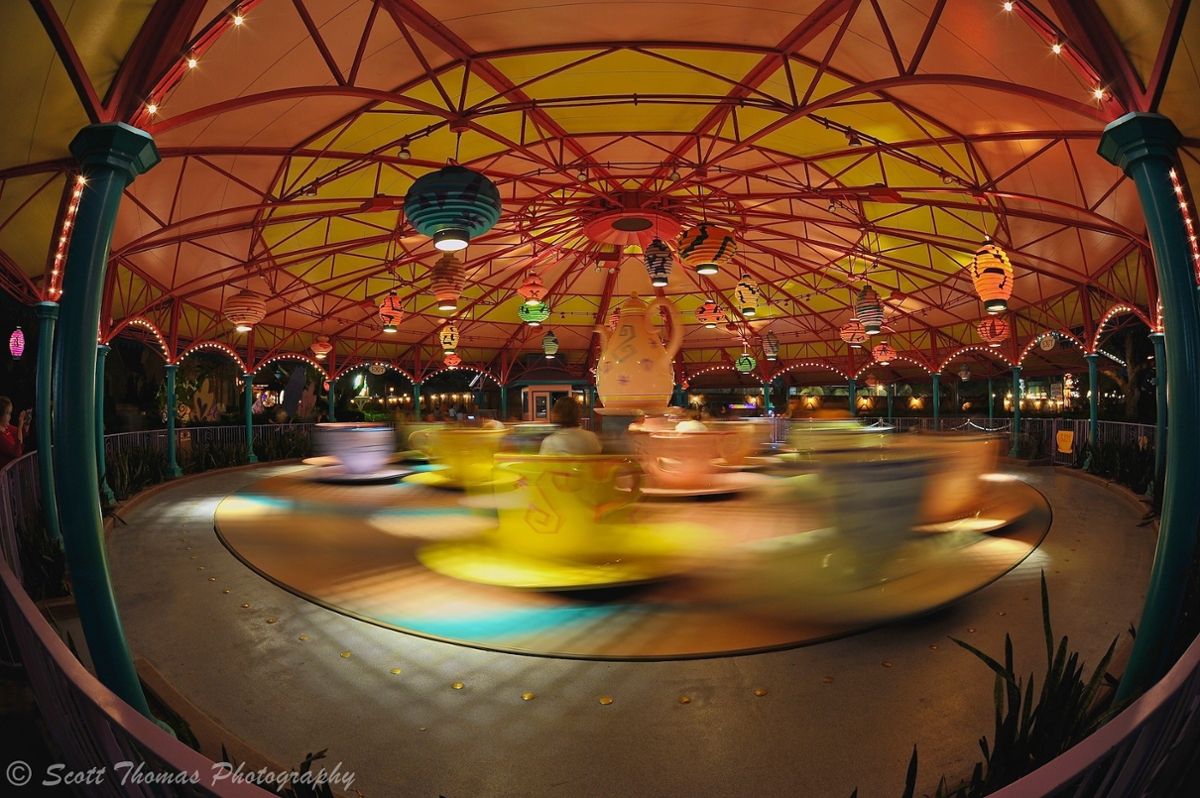Let’s go to the amusement park! What should we ride first? The rollercoaster? How about the bumper cars?
Oh. You want to ride the spinning teacups. You like the woozy feeling that comes from all that whirling around?! No thanks—teacups make me far too dizzy.
I blame my inner ears. In a tiny space way past my eardrum, deep in my skull, three miniscule, curved tubes sit at right angles. These canals are responsible for feeling my head move around, and are connected to the parts of my inner ear that sense gravity. They send that information to my brain, which uses it to understand my body’s three-dimensional orientation. In other words, I get my bearings, sense of direction, and hand-eye coordination in part from those semicircular canals.
Well, sure, I know that losing your bearings, sense of direction, or coordination is the whole point of the teacups. But I don’t even like to spin in place. When someone moves, fluid sloshes inside the ears’ semicircular canals. The fluid tugs at tiny strands of hair. Your brain knows that when these hairs are moving, your body is moving.
Now let’s say I’m rapidly spinning, like a ballerina twirling round and round. When I stop, the fluid in my canals takes some time to settle down—for a little while, it’s still sloshing about, tugging at those tiny hairs. My brain suddenly gets mixed messages: it thinks I’m spinning and standing still all at once. Dizziness is my brain having those contradictory sensations at the same time.
Go enjoy the teacups without me! I think I’ll stick to the slow-moving Ferris wheel.










